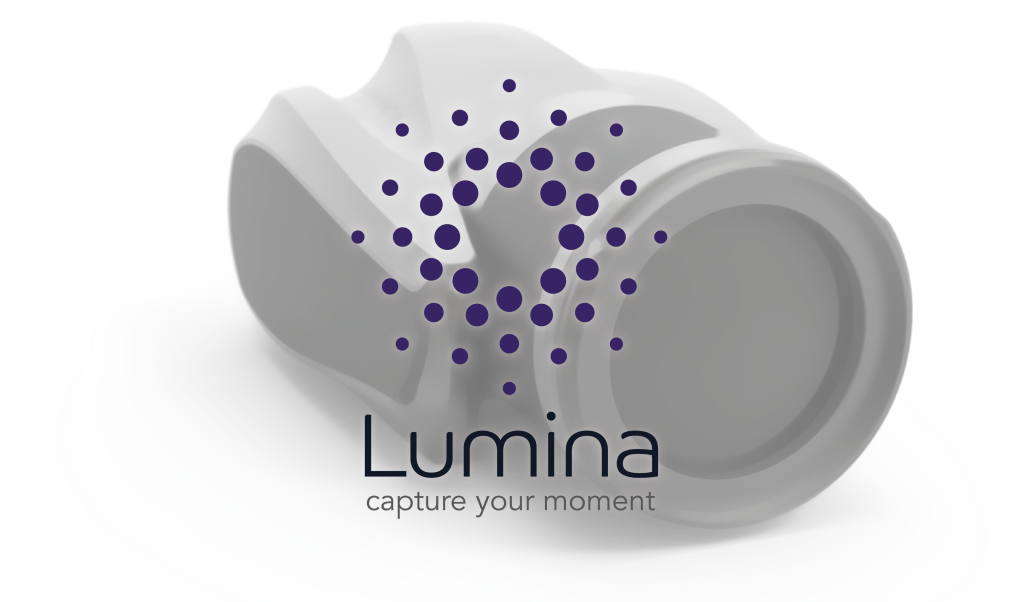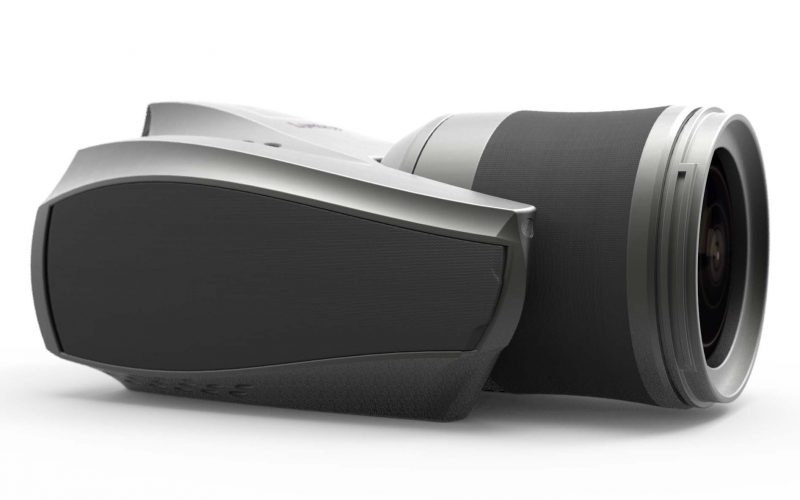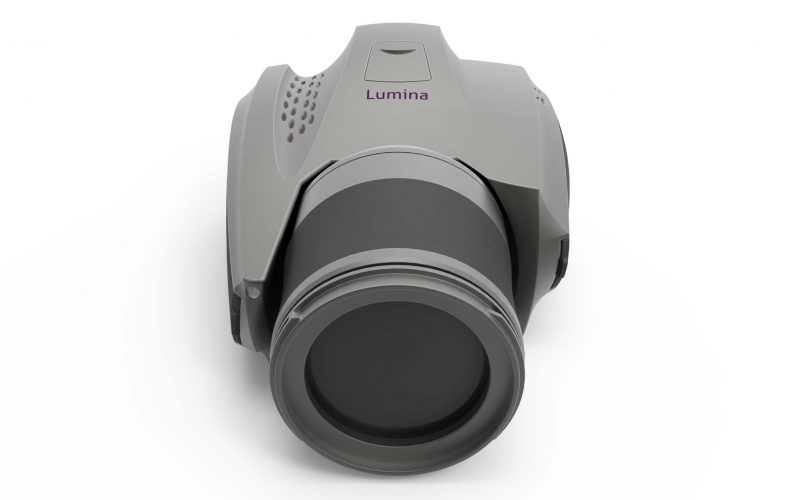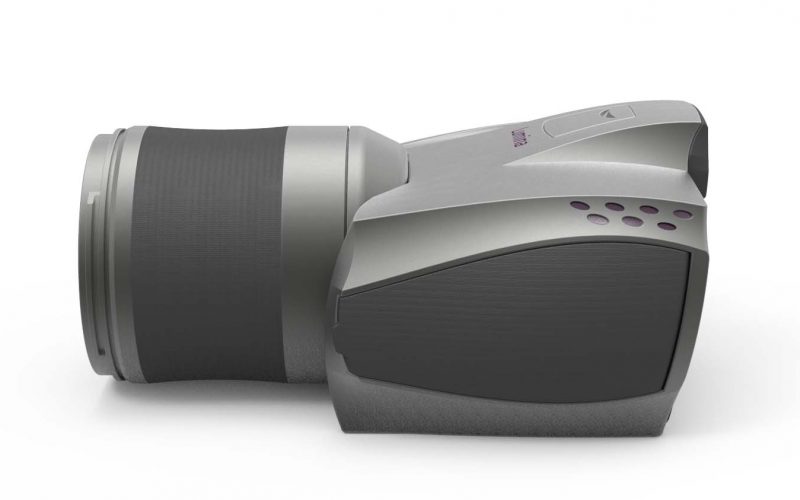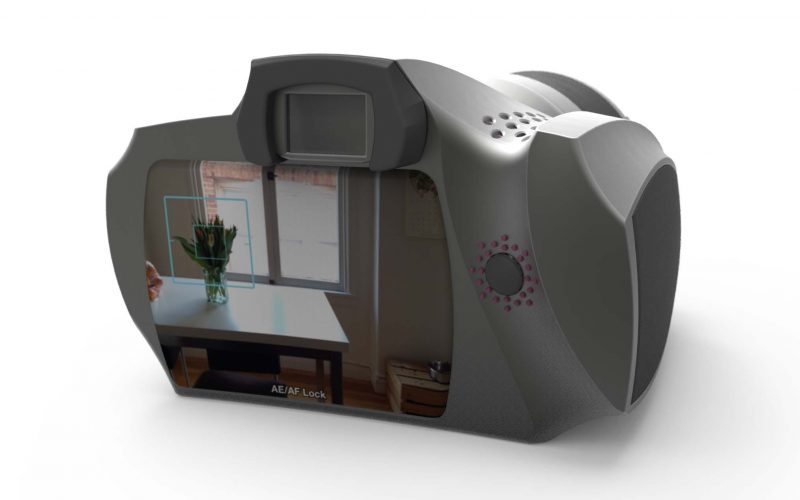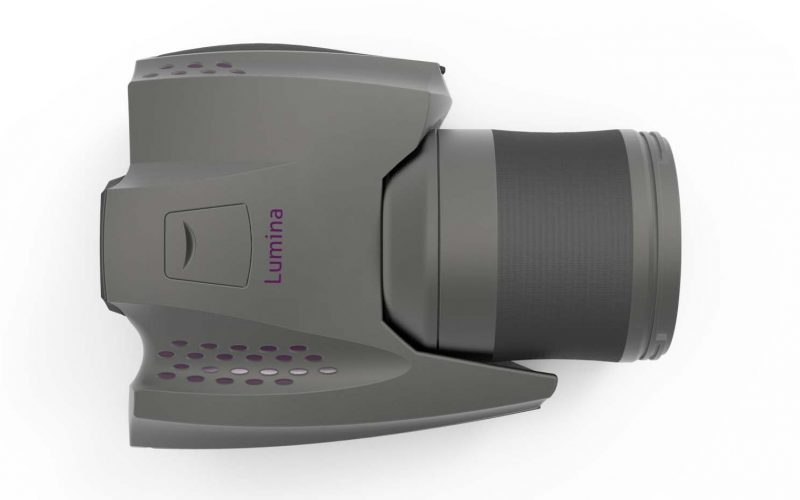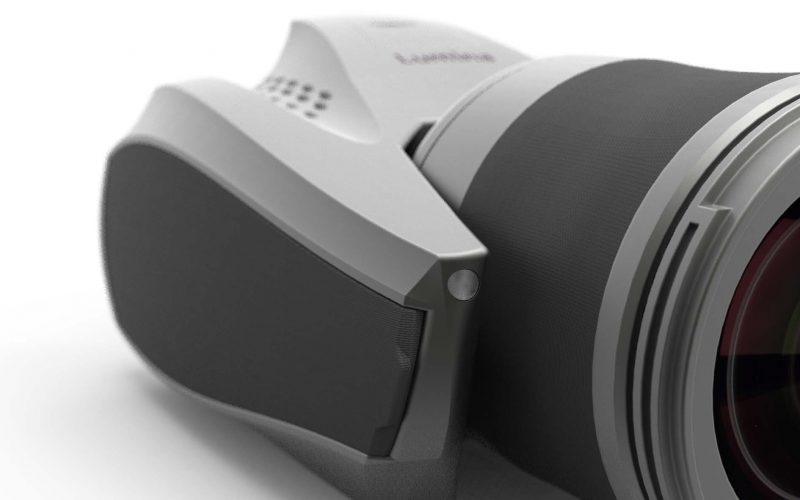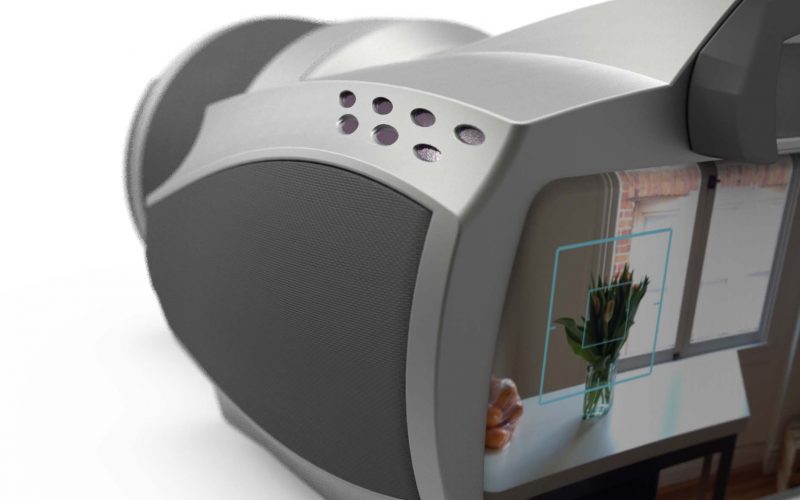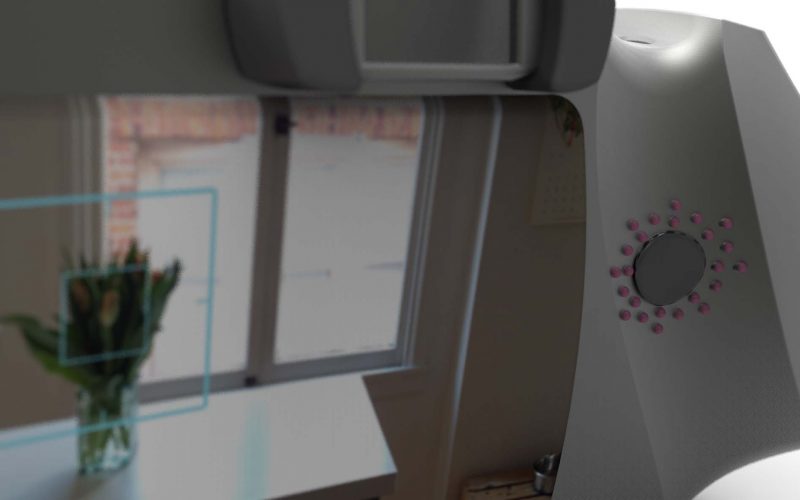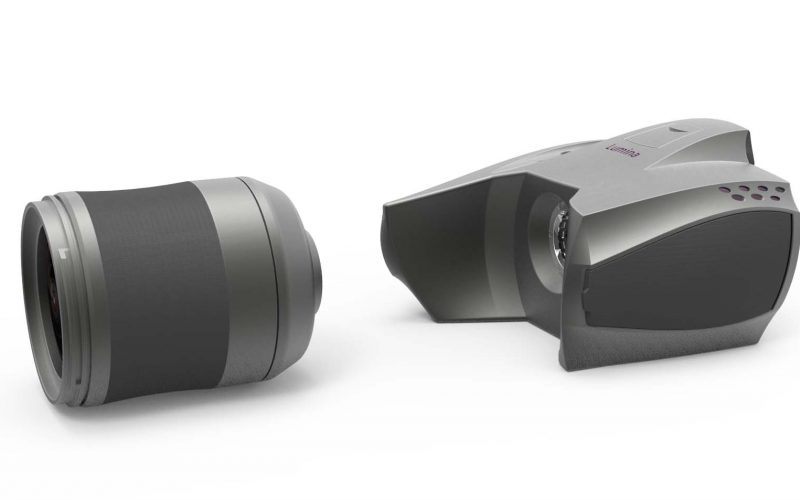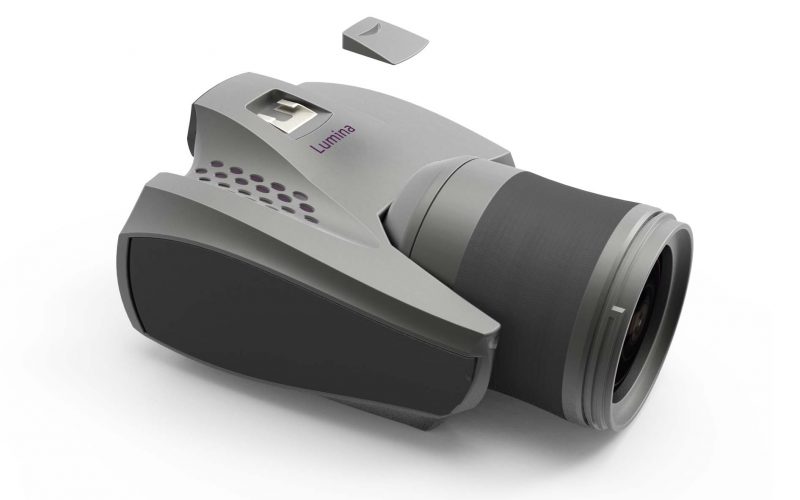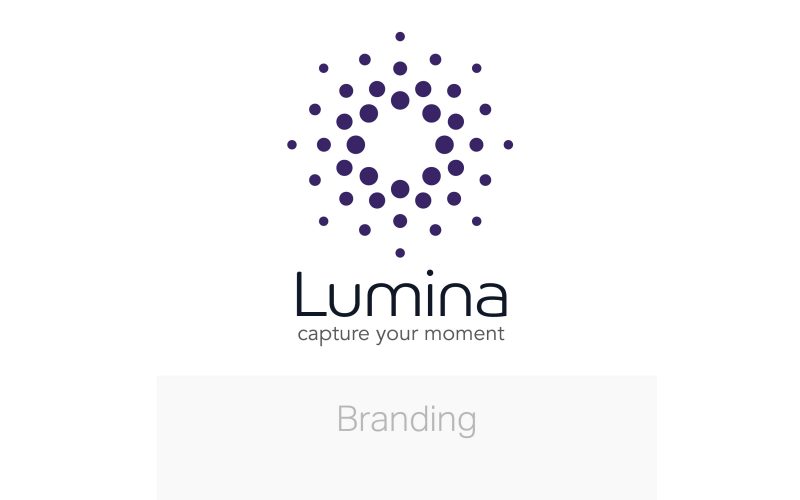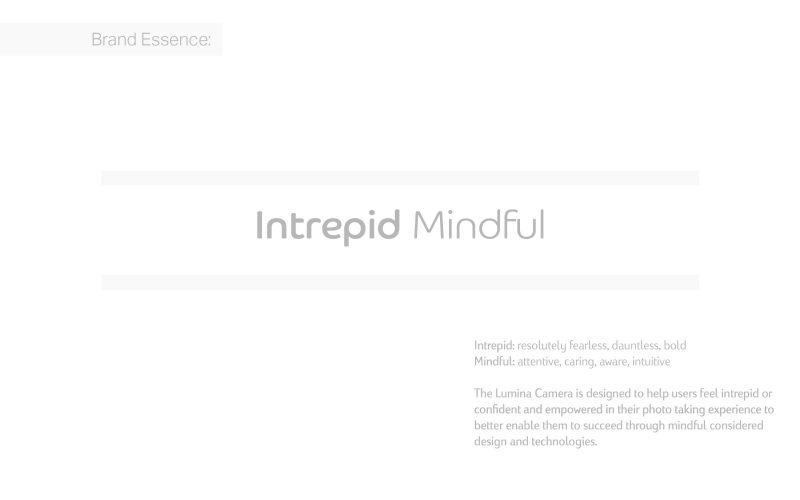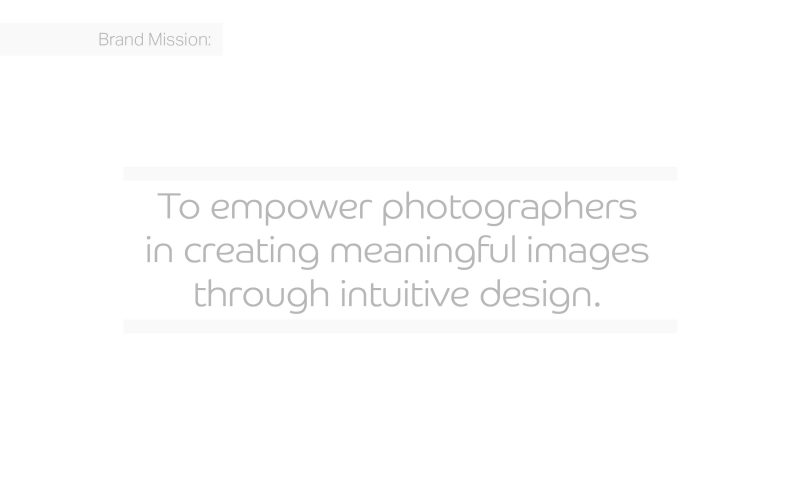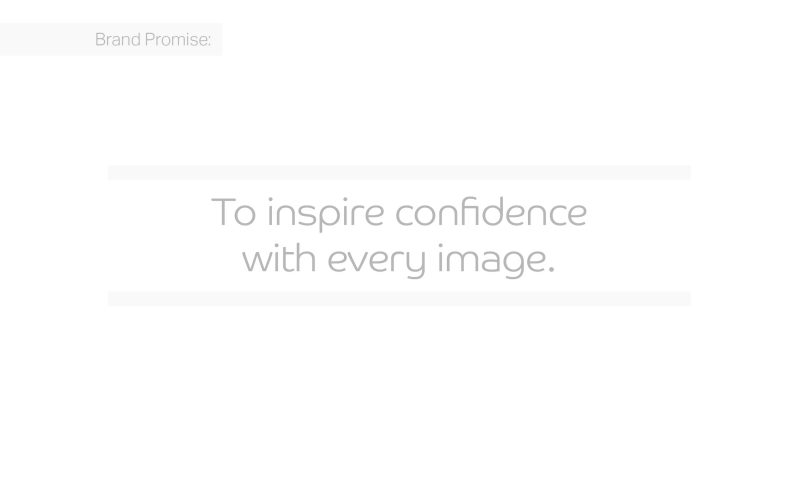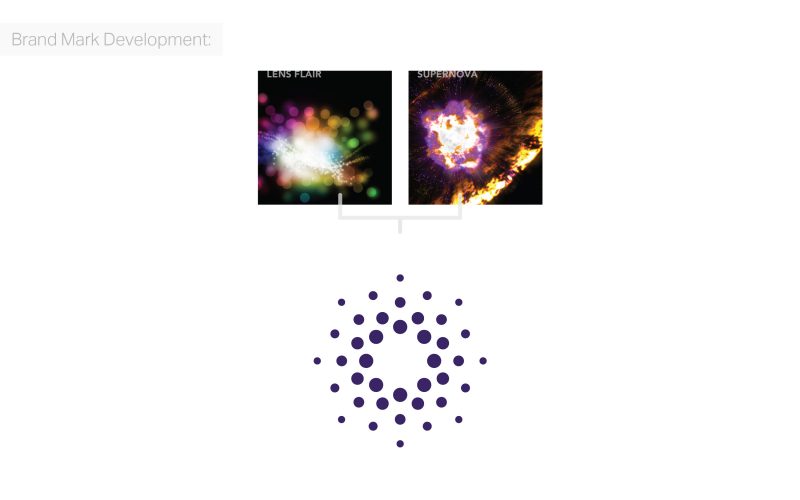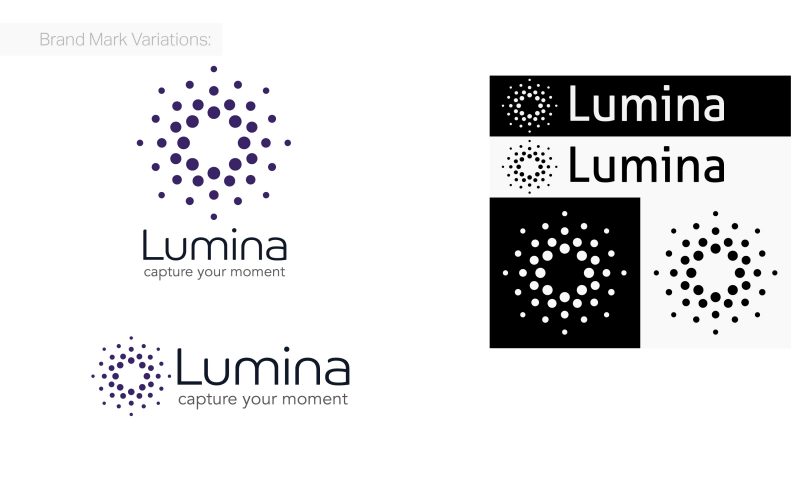What could a camera that allows to easily capture images look like? The Lumina DSLR camera provides users with an intuitive and adaptable system through haptic controls, magnetic lens mount, and ambidextrous form. Lumina enables all users to focus on capturing moments and enjoying the act of photography.
Lumina
Develop a broadly used DSLR camera for future construction.
RESEARCH
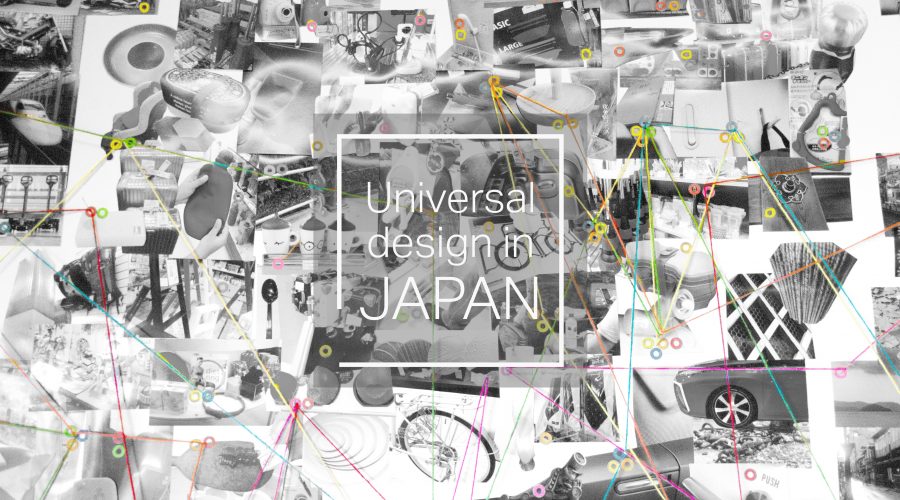
I traveled to Japan to better understand Universal Design through first hand research and working with established companies such as Toto, Xerox, and Nissan. Identified themes including flexibility in use, simple and intuitive, and emotional awareness to utilize throughout the design.
Users

Professional User
35 Years Old
Professional Wedding Photographer
Tech Savvy, Does all her own editing
Uses camera every day, frequently changes lens while on shoots, buys new camera every 2 years
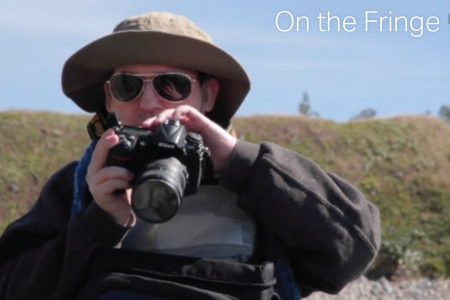
On the Fringe User
54 Years Old
Retired Writer
Knowledgeable about technology
Very Interesting in photography, learning how he can do it, legally blind
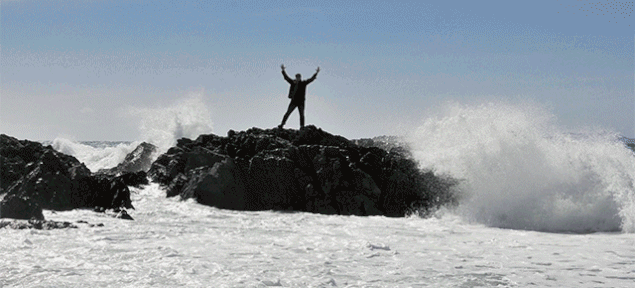
Current DLSR Options
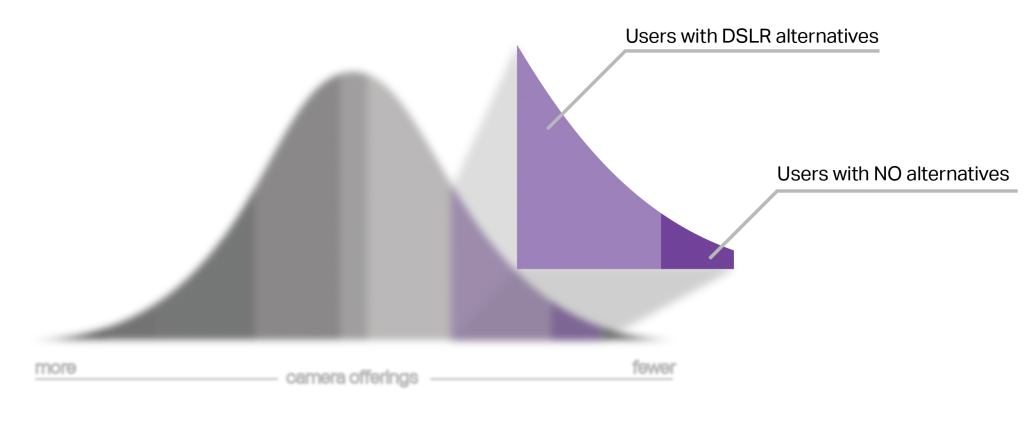
Users were understood through secondary research of online forums and articles. Special attention was paid to users with few to no alternatives for taking images, such as those with physical challenges like as arthritis, cognitive challenges, and a surprising but passionate group of visually impaired to blind photographers. Their needs were then summarized and used to make decisions throughout the design process.
User Needs Found
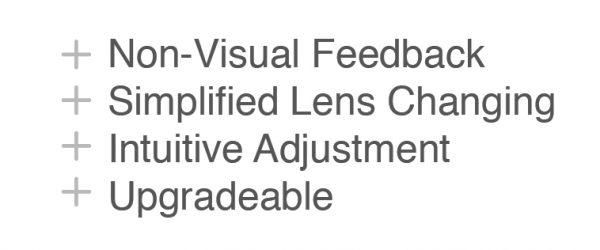
Market
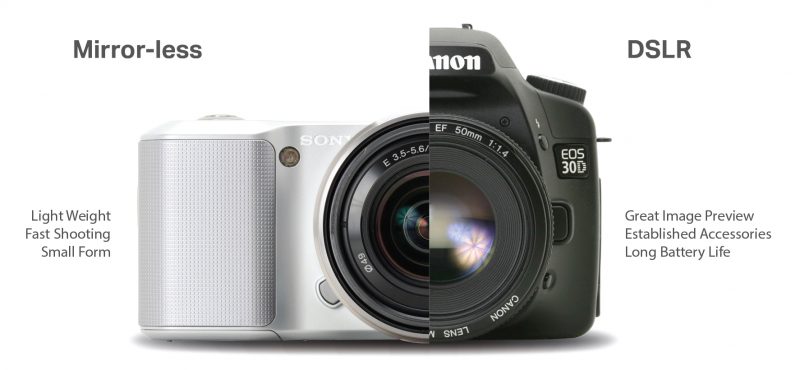
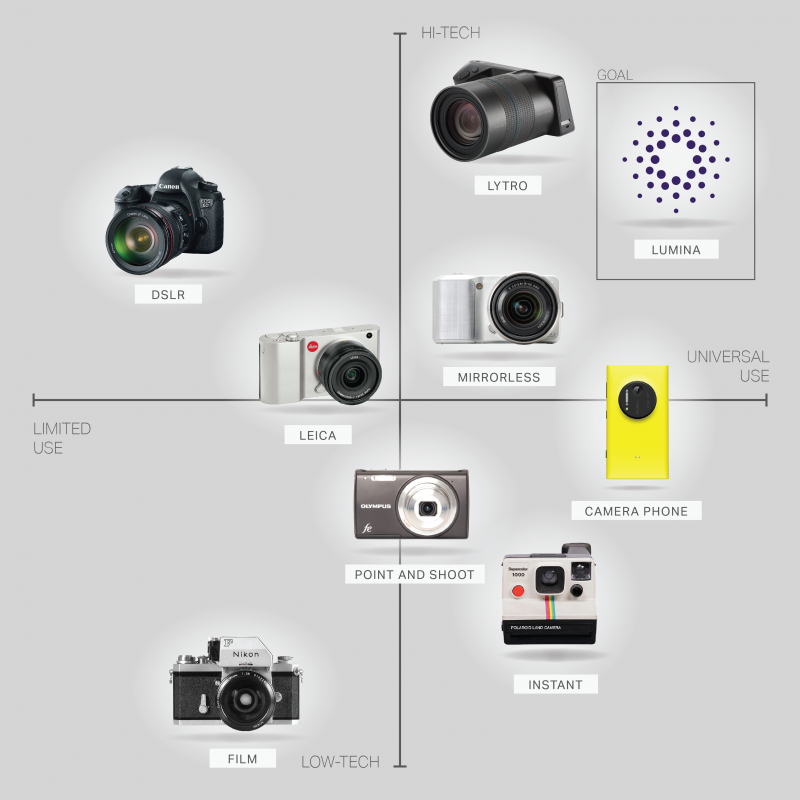
Current Product
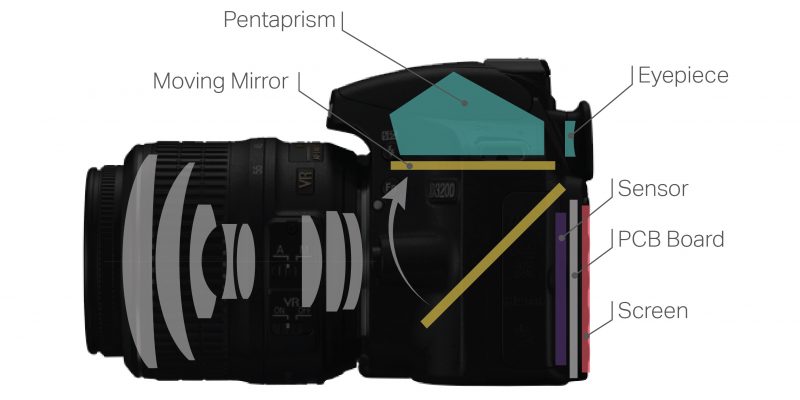
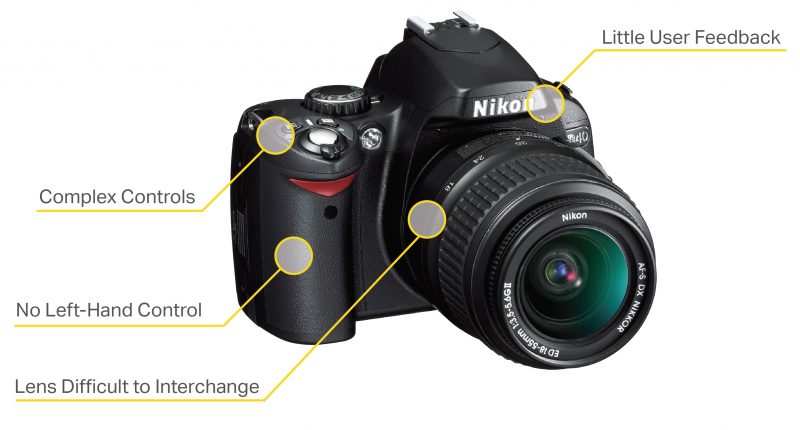
Conceptual Framework
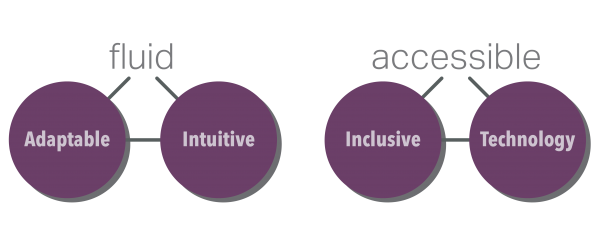
IDEATION
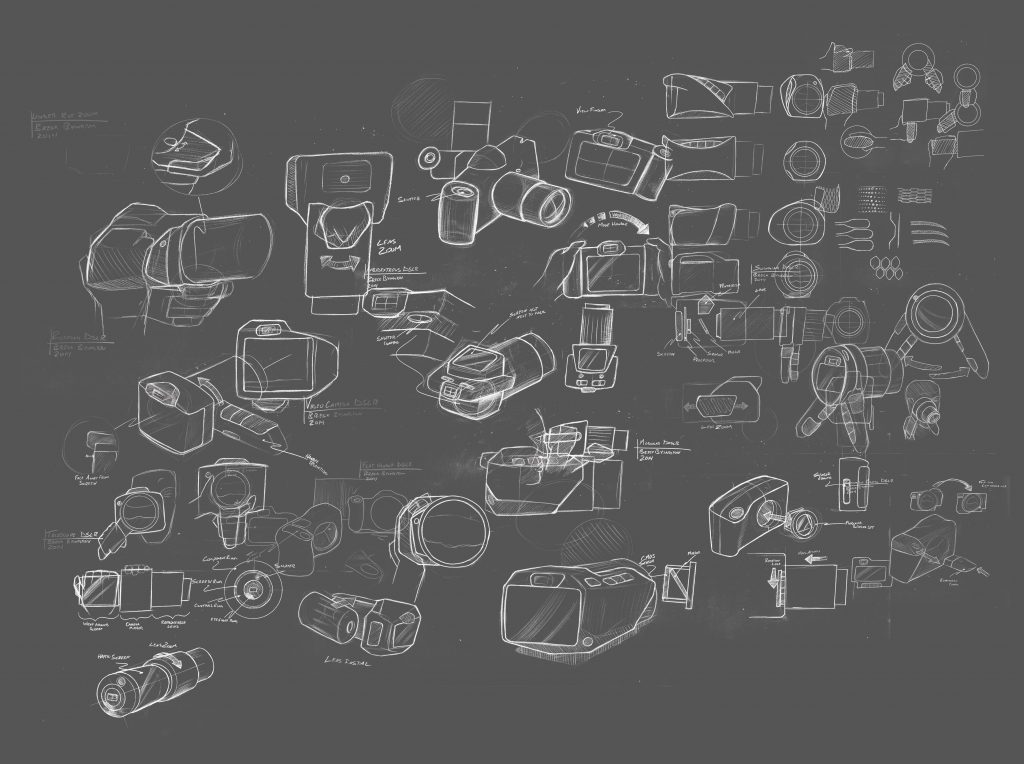
Form Inspiration

Form Development
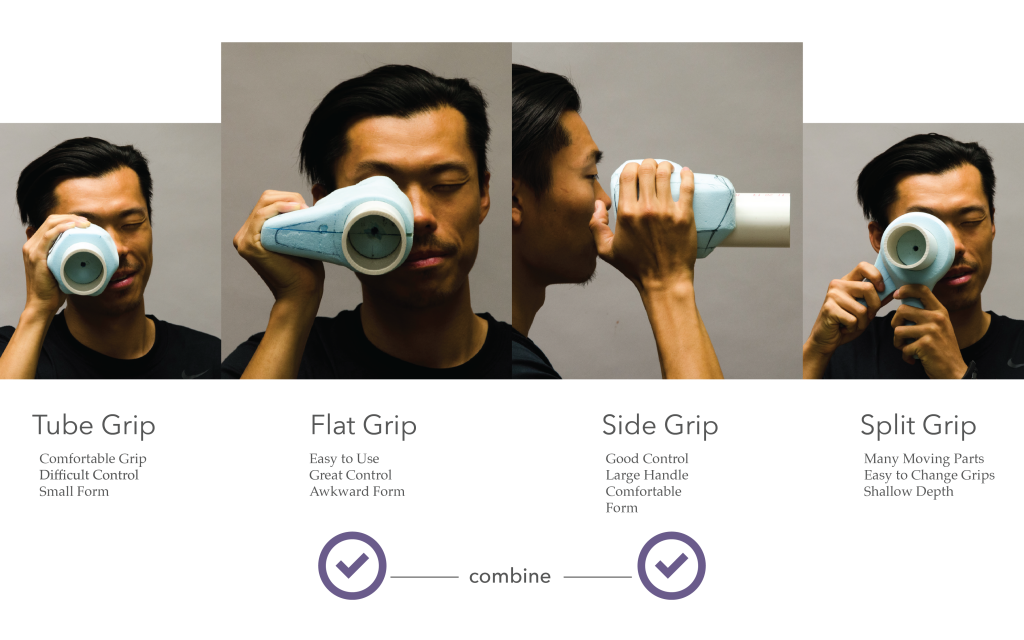
Technology Integration

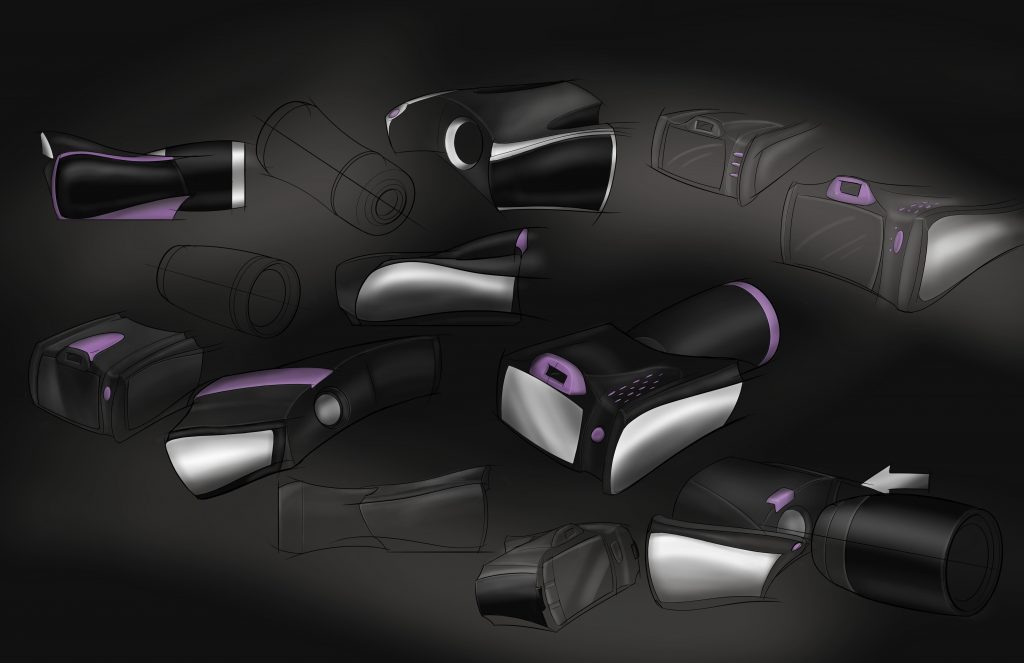
REFINEMENT

Product Features
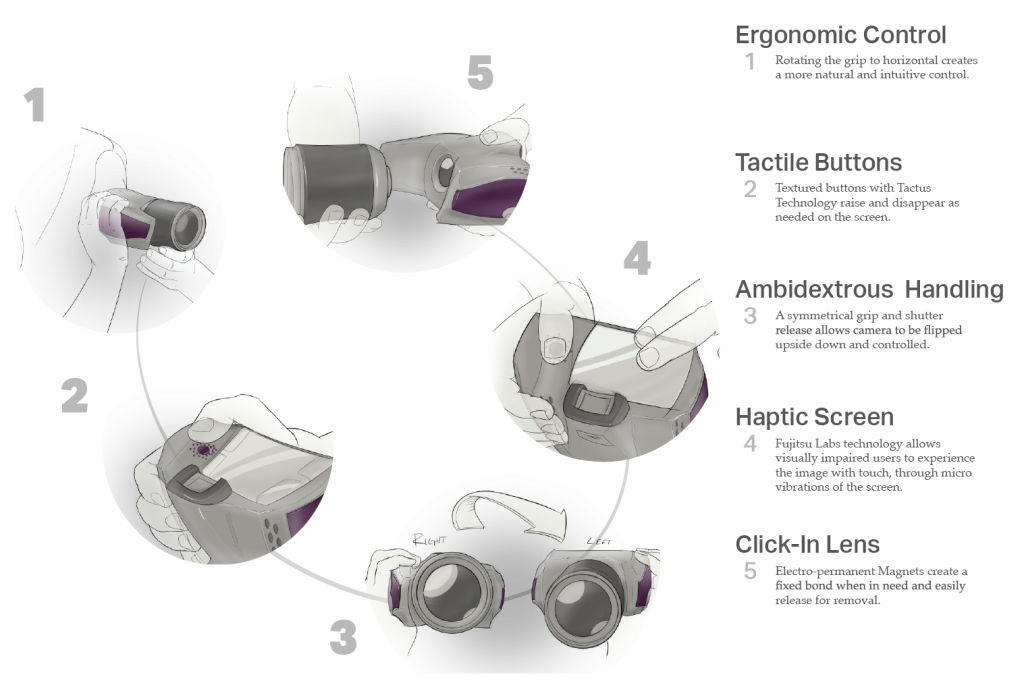
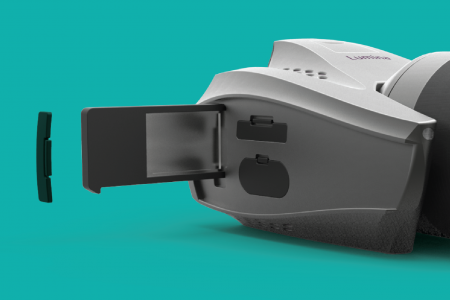
Upgradeable Sensor
The incentive to invest in a new camera is most often because of new and more advanced sensor technologies. The CMOS sensor in DSLR cameras is also one of the most expensive parts of the camera, account for more than half the cost of many cameras (gizmag.com). With Lumina the ability to upgrade sensors, rather than complete housings, allows users to keep their camera bodies for much longer, offsetting the cost of the new features in the camera.
PROPOSAL
Renderings
Manufacturing
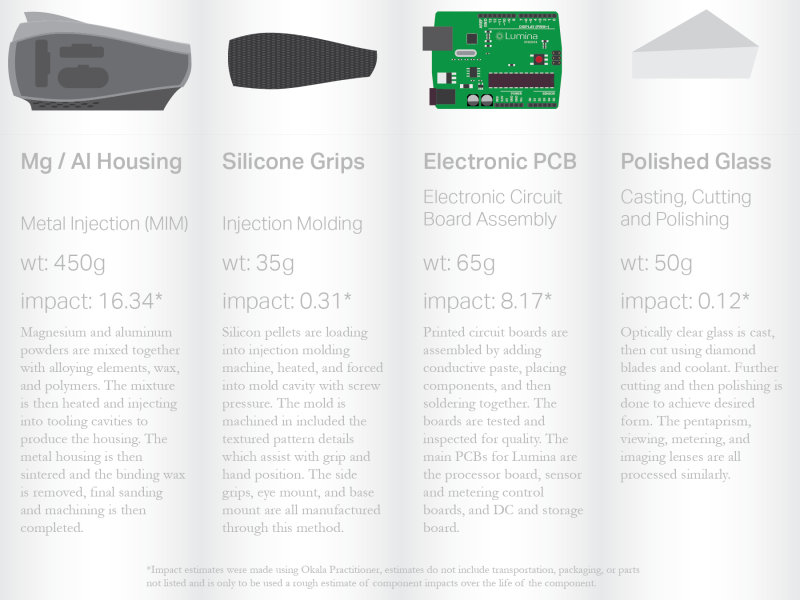
Components
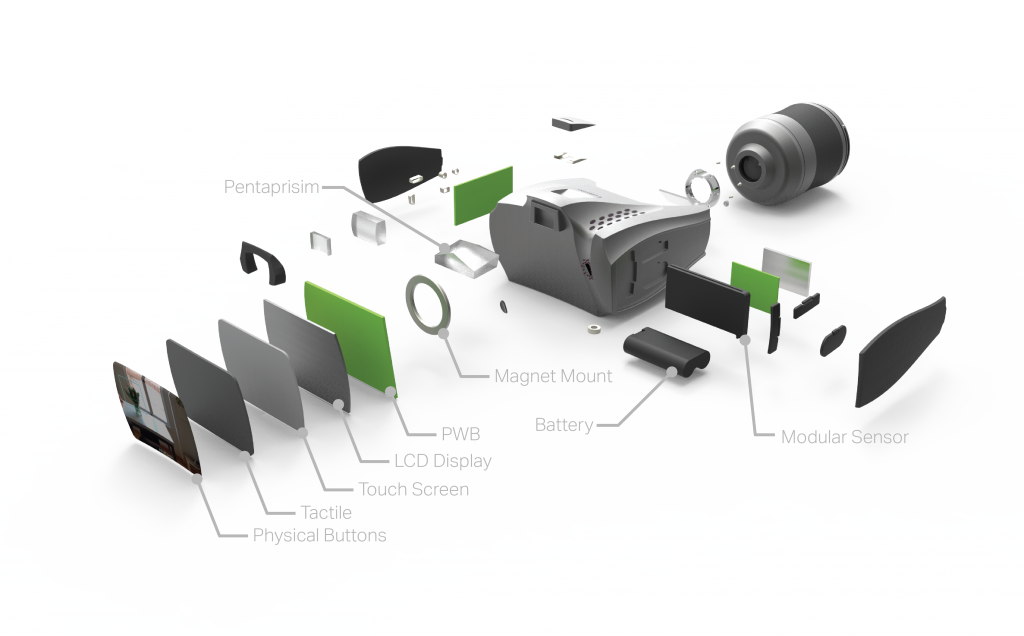
Technology Roadmap

Lumina
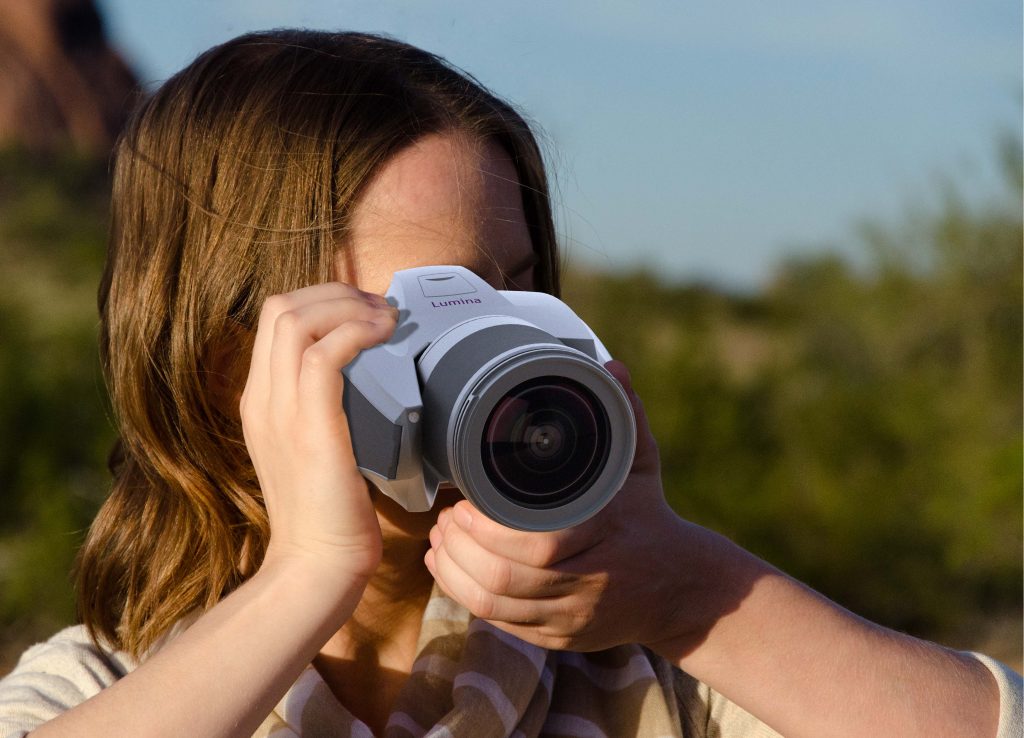
Branding
